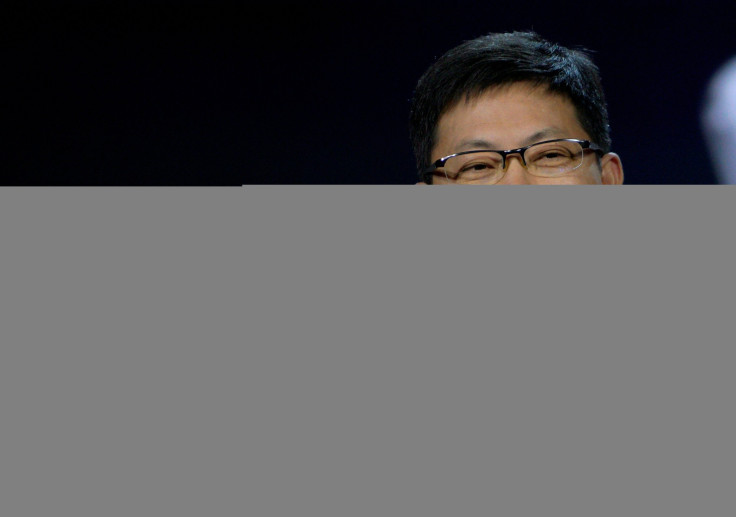Huawei Mate 9 and Samsung Galaxy S8 specs and features comparison

The Huawei Mate 9 and the Samsung Galaxy S8 have a few things in common. Both have very similar display sizes with Samsung opting for a 5.8-inch Super AMOLED screen with a resolution of 2,960 x 1,440 pixels and 570ppi. The Mate 9 has a 5.9-inch FHD display with a screen resolution of 1,920 x 1,080 pixels and 373ppi.
As is clear, the Galaxy S8 has a 2K screen whereas the Mate 9 settles for a 1080p screen. Even though the former’s screen in 0.1 inch smaller, it is 53 percent sharper. As far as display features are concerned, both have ambient light sensor, proximity sensor and multi-touch. However, 3D Touch and Dual-Curve display is only present in the S8. Moreover, it is IP68 certified and its display has a Corning Gorilla Glass 5 protection. It has an Always-On display and TouchWiz UI. Mate 9 has Corning Gorilla Glass 3 protection and EMUI 5.0.
Both the handsets run on Android 7.0 Nougat system with the Huawei Mate 9 using a Hisilicon Kirin 960 processor and Mali-G71 MP8 GPU. The S8 uses an Exynos 8895 Octa processor for EMEA and Qualcomm Snapdragon 835 chipset for the US version and Mali-G71 MP20/ Adreno 540 GPU. Both come with 64GB internal storage and 4GB RAM. microSD card slot is present in both to expand storage up to 256GB. Both have non-removable batteries with the Galaxy S8 having a 3,000 mAh battery and Mate 9 a 4,000 mAh battery.
The Samsung Galaxy S8 has a 12MP primary camera with f/1.7, 26mm, phase detection autofocus, OIS and LED flash. Other features include 1/2.5" sensor size, 1.4 µm pixel size, geo-tagging, simultaneous 4K video and 9MP image recording, touch focus, face/smile detection, Auto HDR and panorama. Video recording is 2160p@30fps, 1080p@60fps, HDR and dual-video rec. The selfie camera is of 8MP with f/1.7, autofocus, 1440p@30fps, dual video call and Auto HDR. The Mate 9’s selfie camera is of 8MP with f/1.9, 26mm and 1080p.
It has a dual 20 MP +12 MP camera with f/2.2, 27mm, OIS, 2x zoom, Leica optics, phase detection & laser autofocus and dual-LED (dual tone) flash. Other features include geo-tagging, touch focus, face/smile detection, panorama and HDR. Video recording is 2160p@30fps and 1080p@30/60fps, reviews GSMArena. The Galaxy S8 is available in Midnight Black, Orchid Gray, Arctic Silver, Coral Blue and Maple Gold colours, whereas the Mate 9 is available in Space Gray, Moonlight Silver, Champagne Gold, Mocha Brown, Ceramic White, Black and Obsidian Black.
The Galaxy S8 wins this fight purely because it is a better smartphone in many ways and is undoubtedly the most-advanced smartphone currently in the market. The added functions and benefits also keep it ahead of the Huawei Mate 9. The S8’s wireless charging capability is not present in Mate 9. Samsung adds its personal assistant Bixby on the Galaxy S8, as well as Samsung Connect, Samsung DeX and Hi-Res audio.





















